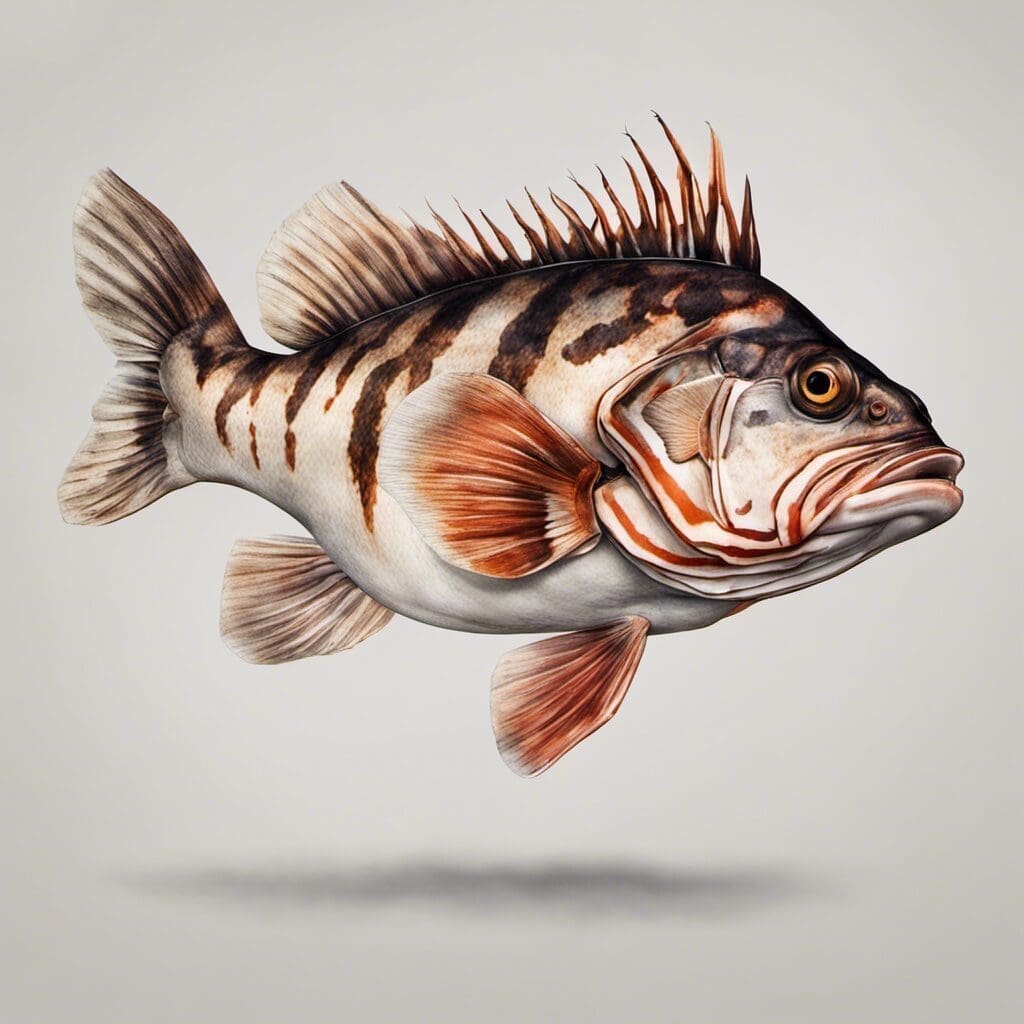Introduction to Rockfish
The Rockfish, or Sebastes, is a member of the Sebastidae family. They are a disparate group, with over 100 different species recognized, each one showcasing vibrancy and fascinating life traits.
Conservation Status of the Rockfish
While some rockfish species enjoy healthy populations, others are deemed vulnerable or threatened. Efforts underway to protect these diverse species include limited fishing seasons and creel limits, along with underwater habitat conservation.
Statistics
| Stat | Average | Range |
|---|---|---|
| Length | 38 cm | 5 – 100 cm |
| Weight | 4 kg | 0.5 – 15 kg |
| Average Lifespan | 30 years |
Some species, like the Yelloweye Rockfish, can live over a century!
Distribution
Regions/Countries
Rockfish are widely distributed throughout the Pacific Ocean, notably in North America, Japan, and Korea.
Migration Patterns
While some Rockfish species undertake seasonal migration between shallow and deep waters, others stay in one location their entire lives.
Habitat
Water type
Rockfish reside predominantly in saltwater environments.
Depth range
Depending on the species, Rockfish may thrive anywhere from shallow, intertidal zones to depths exceeding 2500 meters.
Temperature range
Rockfish are well-adapted to a broad temperature range; species inhabit both arctic and tropical waters.
When and Where to See Rockfish
Seasonal patterns
Rockfish can be sighted year-round, but are most commonly spotted during summer and fall.
Time of day
Rockfish are typically more active at dawn and dusk.
Best Fishing Locations
Here are the top ten places to fish for Rockfish:
- Puget Sound, Washington
- Monterey Bay, California
- Bristol Bay, Alaska
- Cordes Bank, Alaska
- Kodiak Island, Alaska
- Pacific Rim National Park, Canada
- Prince William Sound, Alaska
- Queen Charlotte Islands, Canada
- Cape Flattery, Washington
- Bering Sea, Alaska
How to Catch Rockfish
Preferred bait or lures
Fishers often use shrimp, squid, and other small fish as Rockfish bait.
Fishing techniques
Among the many techniques for catching Rockfish are fly fishing, trolling, and bottom fishing. Many anglers also drop jigs and soft baits near rocky structures to attract these species.
Best time for fishing
Fishing for Rockfish usually yields richer results during their active dawn and dusk hours.
Identification Guide
Physical Characteristics
Rockfish are recognized by their spiny fins and often vibrant coloration which can range from deep reds, to mottled greens, and even bright yellows or blues. Size varies between species.
Comparison with similar species
Among similar species, Rockfish are usually distinguished by their spiky dorsal fins and unique patterns.
Culinary
How to Cook
Rockfish are generally filleted and can be baked, fried, or grilled.
Taste Profile
The flesh of the Rockfish is mild, sweet, and has a tender, flaky texture.
Nutritional Information
Rockfish are a nutritious choice, packed with:
- Protein
- Omega-3 fatty acids
- Calcium
- Magnesium
- Potassium
Additional Information
Behavior
Rockfish may be either solitary or schooling, depending on the species. They primarily feed on crustaceans and small fish.
Predators and Threats
Common natural predators of Rockfish include larger fish, marine mammals, and birds. Overfishing and habitat destruction pose the greatest human-induced threats.
Cultural/ Historical Significance
Rockfish hold significance within the cultures of Pacific Northwestern Native tribes, often featuring in mythology.
References and Further Reading
For a comprehensive resource on Rockfish, consider visiting the NOAA Fisheries and Fisheries and Oceans Canada.

